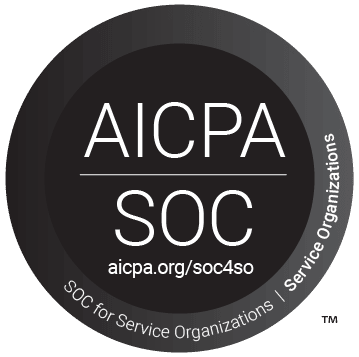This is a post in a series exploring the use of Android tablet kiosks and the iPad as kiosks. The kick-off post can be found here.
You join with your colleagues in a conference room, the meeting is just picking up momentum, and then it happens: a few people show up at the door with an addled look on their face. Your meeting grinds to a halt. One of the loiterers speaks for the group:
“We have a meeting here at 10,” the spokesman says.
“No, we have this room scheduled,” you answer.
The scramble ensues. You all jump to the laptops, tablets, or phones to find out who really had the room scheduled. In the end, a good 15 minutes are wasted before the problem gets solved. The math is simple:
0.25 hours x N people x hourly rate = money wasted
And the money is wasted for no good reason. It’s easy to blow 200 bucks on a simple mix-up like this. And it doesn’t happen once in awhile. It’s the rule, not the exception.
Sure, the room schedule is managed in an online calendar system, but conflicts and confusion still happen. After a good couple of decades of mix-ups, this single problem has probably cost the world economy hundreds of millions of dollars. It should be clear to everyone that the desktop computing paradigm does not work well for managing schedule resources.
Schedules don’t belong on a desktop computer screen; they belong on something right by the resource in question.
With the affordability of tablets, every conference room or other resource in high demand should have its own tablet kiosk showing its schedule. Given the high cost of resource mix-ups, the solution pays for itself within days or weeks.
Let’s take the simple scenario of a conference room. The kiosk would most likely be a mini-tablet mounted on the wall, near the conference room door. Anyone coming to the room could see the room’s schedule immediately. The tablet would show the Web view of whatever scheduling system the organization uses — Google Calendars, Exchange, or whatever. If they need to schedule the room, they can do it right then, instead of being forced into the unnatural act of running to the nearest PC.
Consider these scenarios where the meeting room schedule helps people make the most of their time:
- Corporate campus conference rooms
- A bay of meeting rooms in a briefing center
- Executive off-site meetings
- Industry conferences in a convention center
- A hotel with rooms for smaller conventions
Room schedule kiosks work great in combination with tablet signing to make sure people get to the right place at the right time.
The same approach works for any pool of valuable shared resources: automobiles, portable industrial tools, surveying equipment, and so on.
Mini-tablets are the ideal size for a conference room schedule kiosk, and offer a much lower price as well. Apple recently validated the category with the iPad Mini, but they’re not the only great mini-tablet maker. Google’s Nexus 7 is a great option for a schedule kiosk, loaded with the latest “Jelly Bean” release of the Android mobile OS. Samsung’s Galaxy Note is another good option. Apple’s new iPad Mini is also an option, but with its much higher cost per unit, it’s probably best for scenarios where you want to put your best foot forward.
With scheduling kiosks, there’s no excuse to waste time over misscheduled resources. The price is so low, that they pay for themselves within days or weeks. Scheduling works best on tablets, not on desktop PCs. If you’re sick of wasting people’s time with schedule conflicts, now is the time to put scheduling kiosks to work.
Our friends at Ender Labs have built an excellent app for scheduling corporate conference rooms called EventBoard. The screenshot above is from that app and it’s used by a lot of really big companies, go check it out!
